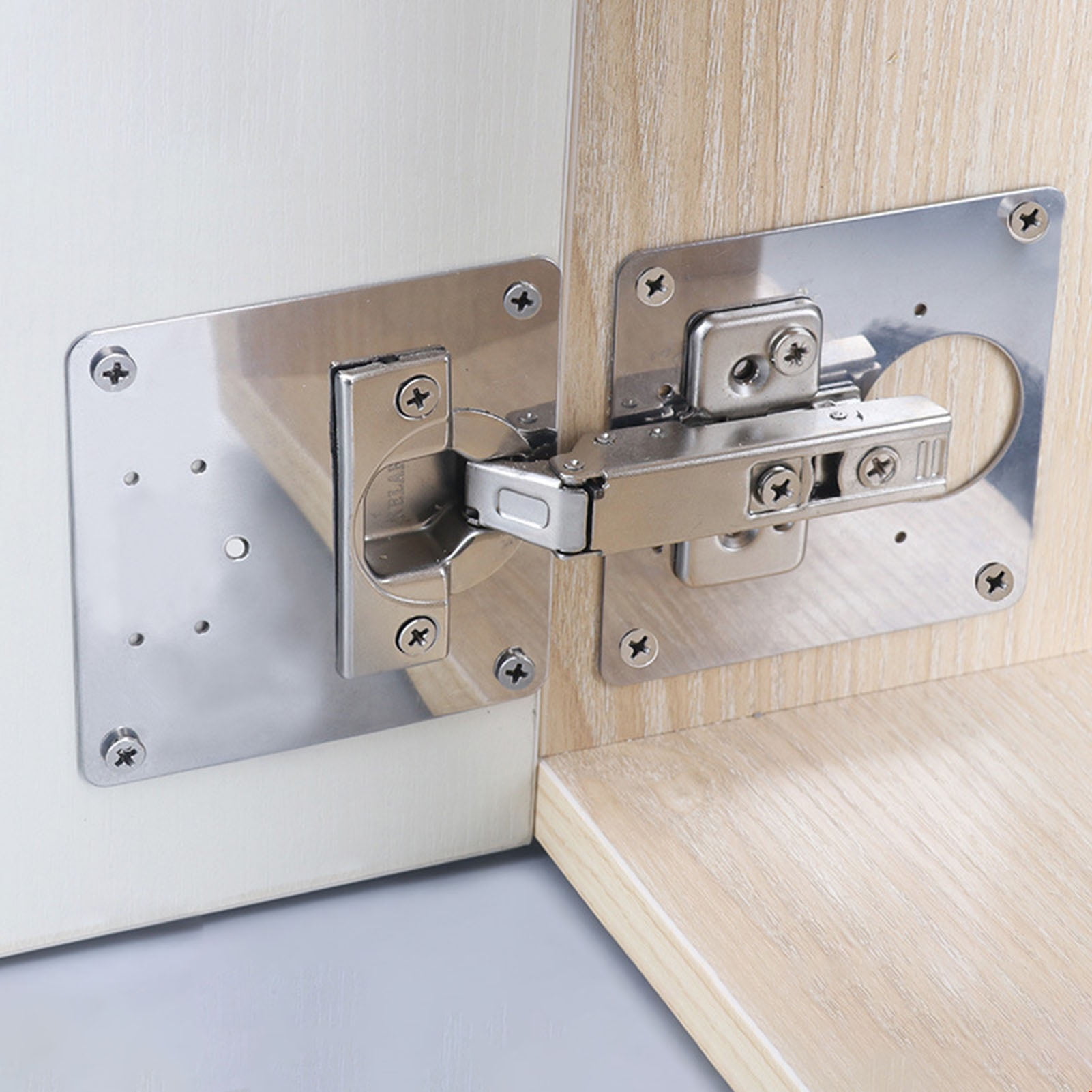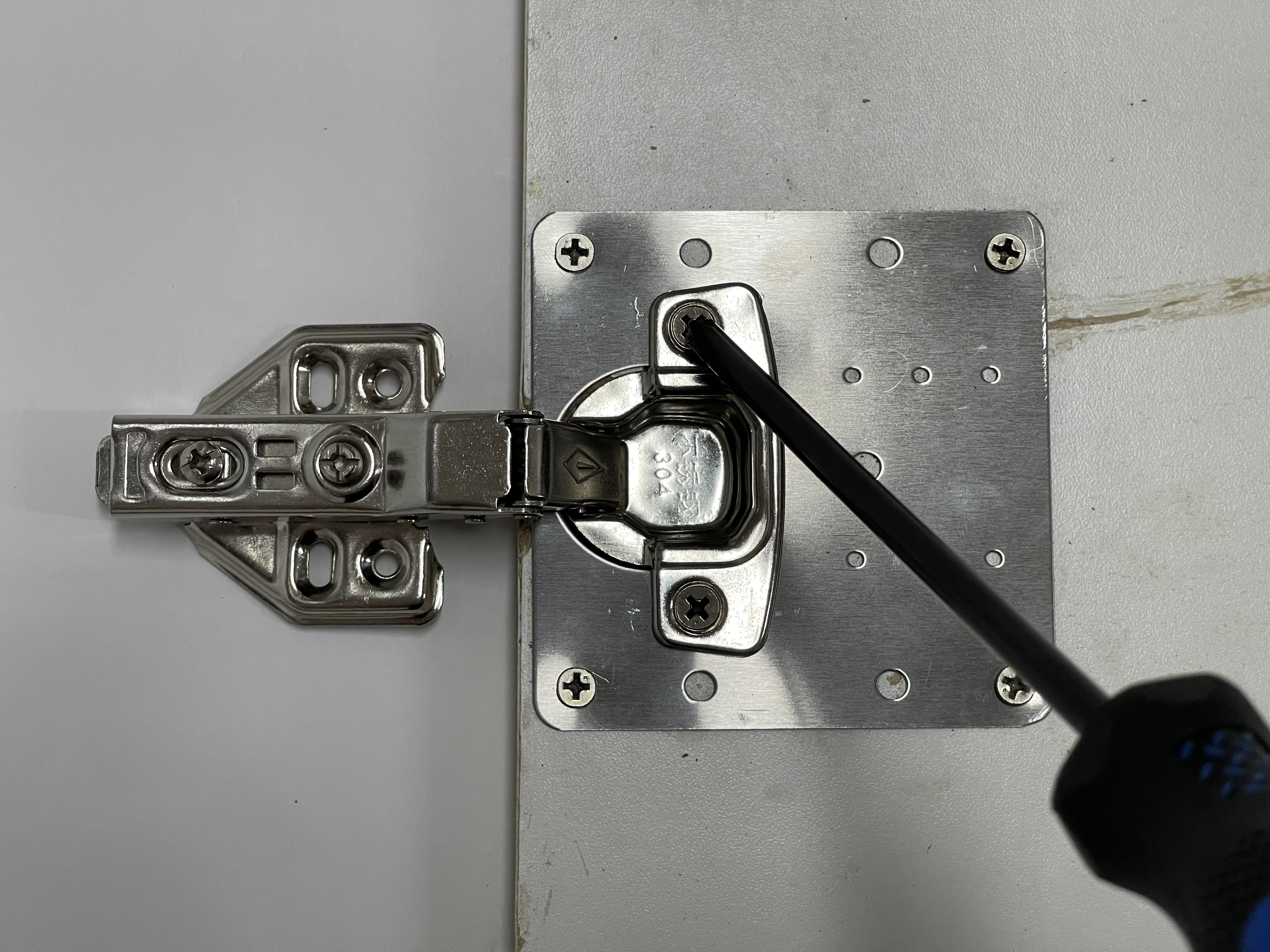Identifying the Problem: How To Fix Bedroom Door Hinge
A faulty bedroom door hinge can be a source of frustration, causing noise, difficulty opening and closing the door, or even making the door unstable. Understanding the common symptoms and inspecting the hinge can help you diagnose the problem and choose the appropriate solution.
Common Symptoms of a Faulty Hinge
Identifying the specific issue with your bedroom door hinge is crucial for choosing the right repair method. Here are some common symptoms that indicate a problem:
- Squeaking: This is often caused by friction between the hinge parts, which can be due to wear and tear, dirt, or lack of lubrication.
- Sticking: This can occur due to a buildup of dirt or debris in the hinge, misalignment, or a bent hinge plate.
- Sagging: A sagging door is usually a sign of loose screws or worn-out hinge pins.
- Loose Screws: If the screws holding the hinge to the door frame or the door itself are loose, the hinge may become unstable and cause the door to stick or sag.
Visual Inspection of the Hinge
Once you’ve identified the symptoms, it’s time to visually inspect the hinge for signs of wear, damage, or misalignment. This will give you a better understanding of the root cause of the problem.
- Check for wear and tear: Look for any signs of wear or damage on the hinge parts, including the pins, plates, and barrels.
- Examine for misalignment: Ensure that the hinge plates are properly aligned on the door frame and the door.
- Inspect for damage: Look for any signs of bending, cracking, or broken parts in the hinge.
Determining the Specific Issue
To determine the specific issue with your hinge, ask yourself the following questions:
- Is the door squeaking? This could indicate a lack of lubrication, worn-out hinge parts, or dirt buildup.
- Is the door sticking? This could be due to misalignment, a bent hinge plate, or dirt buildup.
- Is the door sagging? This could indicate loose screws or worn-out hinge pins.
- Are the screws loose? This could lead to instability and cause the door to stick or sag.
Tools and Materials

Having identified the problem with your bedroom door hinge, you’re ready to gather the necessary tools and materials to get the job done. The right tools make all the difference in ensuring a smooth and successful repair.
Choosing the Right Tools, How to fix bedroom door hinge
Using the right tools for the job is crucial for safety and effectiveness. Here’s a list of tools you’ll likely need to fix a bedroom door hinge:
- Screwdriver: A Phillips-head screwdriver is most commonly used for door hinges. Make sure the screwdriver fits the screw head snugly to prevent stripping. You may need both a small and a larger screwdriver, depending on the size of the screws.
- Hammer: A hammer is useful for tapping the hinge pins back into place or for removing stubborn screws. Choose a hammer with a comfortable grip and a smooth face.
- Level: A level helps ensure that the door is hung straight and the hinge is properly aligned. Use a level with a clear, visible bubble to ensure accurate measurements.
Materials
In addition to the tools, you’ll need some materials:
- Replacement Hinges: If the existing hinges are damaged or worn out, you’ll need replacement hinges. Choose hinges that match the existing ones in size and style. You may need to measure the existing hinges to ensure you get the right size.
- Screws: You’ll likely need screws to secure the hinges. Use screws that are the same size and type as the original screws. If the original screws are too short or too long, you’ll need to purchase new ones.
- Lubricant: A light lubricant, such as WD-40, can help to keep the hinges moving smoothly. Apply a small amount of lubricant to the hinge pins and the hinge plates.
Repairing the Hinge

Now that you’ve identified the problem and gathered the necessary tools and materials, it’s time to tackle the hinge repair itself. This process may involve tightening loose screws, adjusting hinge alignment, or even replacing worn-out hinges. We’ll guide you through each step, ensuring your bedroom door swings smoothly and silently once again.
Tightening Loose Screws
Loose screws are a common cause of door hinge problems, leading to sagging, squeaking, and misalignment.
- Before you begin, ensure the door is closed and secure. This will prevent any accidental movement or damage during the repair.
- Using a screwdriver that matches the screw size, carefully tighten each screw on the hinge. Apply firm, even pressure, avoiding over-tightening which could strip the screw or damage the hinge.
- Once you’ve tightened all the screws, test the door to see if the problem is resolved. If the door still sags or squeaks, you may need to adjust the hinge alignment or consider replacing the hinges.

